

Articles
How To Store Cooked Grits
Modified: December 7, 2023
Learn how to properly store cooked grits with these helpful articles. Keep your leftover grits fresh and delicious for later use.
(Many of the links in this article redirect to a specific reviewed product. Your purchase of these products through affiliate links helps to generate commission for Storables.com, at no extra cost. Learn more)
Introduction
Grits are a delicious and versatile dish that can be enjoyed for breakfast, lunch, or dinner. Whether you prefer them creamy and smooth or with a bit of texture, cooked grits make for a comforting and satisfying meal. But what do you do when you have leftover grits? Can cooked grits be stored for later use?
The answer is yes! With the right storage techniques, you can keep cooked grits fresh for a few days in the refrigerator or even freeze them for longer-term storage. In this article, we will explore how to store cooked grits and maintain their texture and flavor for future enjoyment.
Before we dive into the specifics of storing cooked grits, let’s first understand why you may want to store them in the first place. There are several reasons why you might find yourself with leftovers. Perhaps you made a large batch to feed a crowd and ended up with more than you needed. Or maybe you simply wanted to save time and effort by cooking a big batch of grits to have throughout the week.
Whatever the reason may be, storing cooked grits can be a convenient way to have a quick and easy meal ready to go whenever you need it. Plus, by properly storing them, you can ensure that the grits maintain their taste and texture, so they are just as delicious when you reheat them as they were when they were freshly cooked.
Key Takeaways:
- Store cooked grits in airtight containers after cooling to room temperature. Label and date them for easy tracking. Refrigerate for 3-5 days or freeze for 2-3 months for convenient, flavorful meals.
- Thaw frozen cooked grits gradually in the refrigerator or use the microwave on low power. Reheat on the stovetop or microwave, adding extra liquid if needed. Follow tips to maintain texture and flavor.
Read more: How To Store Grits Long Term
Why Store Cooked Grits?
There are several benefits to storing cooked grits. Here are a few reasons why you might want to consider storing your leftovers:
1. Convenience: Storing cooked grits allows you to have a ready-made meal on hand. It eliminates the need to cook from scratch every time you crave a bowl of grits, making it a time-saving option for busy individuals or families.
2. Meal Planning: By storing cooked grits, you can incorporate them into your meal planning. You can portion them out and use them as a base for a variety of dishes such as grits bowls, casseroles, or savory side dishes. Having cooked grits readily available opens up a world of culinary possibilities.
3. Reducing Waste: Storing leftover grits helps minimize food waste. Instead of throwing away the excess, you can store them properly and enjoy them later. It’s a sustainable practice that allows you to maximize the use of your ingredients.
4. Cost-Effective: Cooking in bulk and storing the leftovers is a cost-effective way to enjoy your favorite grits. You can save money by buying ingredients in larger quantities and utilizing them over time.
5. Variety: Storing cooked grits allows you to experiment with different flavors and toppings. You can easily customize your meals by adding various ingredients like cheese, vegetables, or protein when you reheat the grits.
6. Saving Time: Storing cooked grits saves you time in meal preparation. Instead of spending time cooking grits every time you want to eat them, you can simply reheat the stored grits, saving valuable time in the kitchen.
By understanding the benefits of storing cooked grits, you can see how it can be a practical and delicious addition to your meal planning repertoire. Whether you are looking for convenience, cost-savings, or reducing food waste, storing cooked grits is a smart and versatile option. In the following sections, we will dive deeper into the best practices for storing cooked grits to ensure they remain fresh and flavorful.+
The Basics of Storing Cooked Grits
Properly storing cooked grits is essential to maintain their quality and freshness. By following these basic guidelines, you can ensure that your grits remain delicious and enjoyable when you’re ready to eat them:
1. Cooling Down: Before storing cooked grits, allow them to cool down to room temperature. This helps prevent condensation and moisture buildup during the storage process.
2. Airtight Containers: Transfer the cooled grits into airtight containers or resealable plastic bags. Make sure to remove as much air as possible when sealing the containers. This will help prevent moisture from seeping in and keep the grits fresh.
3. Labeling and Dating: To keep track of the freshness of your stored grits, label the containers with the date they were cooked. This allows you to easily identify how long the grits have been stored and ensure they are used within a reasonable timeframe.
4. Refrigerator Storage: If you plan to consume the cooked grits within a few days, storing them in the refrigerator is the best option. Place the sealed containers in the refrigerator, preferably on the middle or lower shelves where the temperature is consistent. Do not store them in the refrigerator door as it is subject to temperature fluctuations.
5. Freezer Storage: If you want to extend the shelf life of your cooked grits, freezing them is a great option. Portion out the grits into individual servings or family-sized portions and place them in freezer-safe containers or heavy-duty freezer bags. Be sure to remove any excess air and seal them tightly.
6. Safe Storage Duration: Cooked grits can be stored in the refrigerator for up to three to five days. In the freezer, they can last up to two to three months. Beyond these timeframes, the quality and taste of the grits may start to deteriorate.
By following these basic storage techniques, you can ensure that your cooked grits remain fresh and maintain their flavor and texture until you’re ready to enjoy them. In the next sections, we will explore the specific steps for storing cooked grits in the refrigerator and freezer, as well as the best practices for thawing and reheating them for consumption.
Storing Cooked Grits in the Refrigerator
If you plan to consume your cooked grits within a few days, storing them in the refrigerator is the most convenient and straightforward option. Here’s a step-by-step guide on how to store cooked grits in the refrigerator:
1. Cool Down: Allow the cooked grits to cool down to room temperature before transferring them to the refrigerator. This helps prevent the formation of condensation, which can make the grits soggy.
2. Airtight Containers: Transfer the cooled grits into airtight containers or resealable plastic bags. Make sure to choose containers that are the appropriate size for the amount of grits you want to store. This minimizes the amount of air in the container and helps maintain the freshness of the grits.
3. Labeling and Dating: Label the containers with the date the grits were cooked. This helps you keep track of how long the grits have been stored and ensures you use them within their recommended storage duration.
4. Refrigerator Placement: Place the sealed containers of grits in the refrigerator. It is best to store them on the middle or lower shelves where the temperature is more consistent. Avoid storing them in the refrigerator door as it is subject to temperature fluctuations with frequent opening and closing.
5. Storage Duration: Cooked grits can typically be stored in the refrigerator for three to five days. It is important to consume them within this timeframe to ensure their quality and taste.
By following these steps, you can store your cooked grits in the refrigerator and enjoy them for several days. When you’re ready to eat them, simply remove the desired portion of grits from the container and heat them using your preferred method. Whether you choose stovetop reheating or microwave warming, the grits will be ready to enjoy in no time.
In the next section, we will explore the process of freezing cooked grits for longer-term storage and discuss the steps to thaw and reheat them to maintain their texture and flavor.
Store cooked grits in an airtight container in the refrigerator for up to 5 days. To reheat, add a splash of water or milk and microwave or heat on the stovetop, stirring occasionally.
Freezing Cooked Grits
If you want to extend the shelf life of your cooked grits, freezing them is a fantastic option. Freezing cooked grits allows you to store them for a longer duration while maintaining their taste and texture. Here are the steps to freeze cooked grits:
1. Cool Down: Allow the cooked grits to cool down to room temperature before freezing them. This helps prevent the formation of ice crystals and ensures the grits freeze evenly.
2. Portion Out: Decide on the portion sizes you want to freeze. You can either freeze individual servings or larger portions for your family. Portioning out the grits before freezing makes it easier to thaw and reheat only what you need.
3. Freezer-Safe Containers: Transfer the cooked grits into freezer-safe containers or heavy-duty freezer bags. Make sure the containers or bags are airtight and can withstand freezer storage. Remove any excess air from the containers or bags before sealing them tightly.
4. Labeling and Dating: Label the containers or bags with the date the grits were cooked and portioned. This helps you keep track of the storage duration and allows you to use the oldest portions first.
5. Freezer Placement: Place the sealed containers or bags of grits in the freezer. It is recommended to store them in a single layer initially to facilitate faster freezing. Once they are frozen solid, you can stack them to save space.
6. Storage Duration: Cooked grits can be stored in the freezer for up to two to three months. It is best to consume them within this timeframe to ensure their quality.
By following these steps, you can successfully freeze your cooked grits for longer-term storage. When you’re ready to enjoy them, you can thaw and reheat them using the methods we will discuss in the next section.
Keep in mind that the texture of the grits may slightly change after freezing and thawing, but they will still be delicious and suitable for consumption. Freezing cooked grits allows you to have a convenient, homemade meal on hand whenever you’re in the mood for some delicious grits.
In the next section, we will explore the proper techniques for thawing and reheating frozen cooked grits to help you maintain their desired texture and flavor.
Read more: How Is Grit Measured In Sandpaper
Thawing and Reheating Cooked Grits
Thawing and reheating frozen cooked grits requires a careful approach to ensure that they retain their texture and flavor. Here are the steps to thaw and reheat frozen cooked grits:
1. Thawing in the Refrigerator: The best method for thawing frozen cooked grits is in the refrigerator. Remove the portion of grits you want to thaw from the freezer and place it in the refrigerator overnight. This gradual thawing process helps prevent the grits from becoming mushy.
2. Thawing in the Microwave: If you are short on time, you can thaw the frozen grits in the microwave. Place the frozen portion of grits in a microwave-safe dish and use the defrost setting or microwave them on low power in short intervals, stirring occasionally. Be careful not to overcook the grits during the thawing process, as this can negatively affect their texture.
3. Thawing in a Bowl of Warm Water: Another option is to thaw the frozen grits by placing the sealed container or bag in a bowl of warm water. This method can speed up the thawing process, but be cautious not to let the water come into direct contact with the grits.
4. Reheating on the Stovetop: Once the frozen grits are thawed, you can reheat them on the stovetop. Place the grits in a saucepan and heat them over low to medium heat, stirring occasionally. Add a little liquid, such as milk or water, to help prevent them from drying out. Cook them until they are heated through and reach your desired consistency.
5. Reheating in the Microwave: Reheating thawed grits in the microwave is a quick and easy method. Transfer the thawed grits to a microwave-safe dish and heat them in short intervals, stirring in between, until they are heated through. Be cautious not to overcook them, as they can become lumpy or dry.
6. Seasoning and Toppings: Once the cooked grits are reheated, you can add your desired seasonings, such as butter, salt, pepper, or cheese, to enhance their flavor. You can also top them with favorite ingredients like bacon bits, chopped herbs, or grated cheese for additional taste and texture.
By following these steps, you can effectively thaw and reheat your frozen cooked grits, ensuring that they are heated evenly and remain flavorful and satisfying. Whether you choose the stovetop or microwave method, your grits will be ready to enjoy in no time.
In the next section, we will provide some essential tips for maintaining the texture and flavor of cooked grits, regardless of whether they are stored in the refrigerator or freezer.
Tips for Maintaining Texture and Flavor
When storing and reheating cooked grits, there are a few tips you can follow to maintain their desired texture and flavor:
1. Avoid Overcooking: When initially cooking the grits, be cautious not to overcook them as they can become mushy. Cook them until they are just tender, with a slight bite to them. This will ensure that they hold their texture well when stored and reheated.
2. Extra Liquid: If your stored grits appear dry when reheating, add a small amount of liquid like milk, water, or broth to restore moisture. Stir well to incorporate the liquid evenly into the grits.
3. Stirring: When reheating on the stovetop or in the microwave, stir the grits occasionally to distribute the heat evenly and avoid clumping or sticking to the bottom of the pan or dish.
4. Gradual Thawing: When thawing frozen grits, opt for gradual thawing in the refrigerator rather than using quick methods like the microwave. This helps the grits retain their texture and prevents them from becoming mushy.
5. Seasoning: Consider adding any additional seasonings or flavors after reheating the grits. This ensures that the flavors are fresh and vibrant, rather than becoming muted during the storage process.
6. Portion Control: Freeze the cooked grits in individual or family-sized portions to avoid reheating more than you need. This keeps the texture and quality intact, and reduces waste.
7. Quality Storage Containers: Use high-quality, airtight containers or freezer bags for storing cooked grits. This prevents air and moisture from entering and helps retain the grits’ flavor and texture.
8. Label and Date: Properly label the containers or bags with the date of storage. This allows you to keep track of how long they have been stored and consume them within the recommended timeframe.
9. Defrosting Time: Allow enough time for the grits to thaw properly. Rushing the thawing process can result in uneven reheating or a change in texture.
10. Monitor Storage Time: Keep track of the storage time of both refrigerated and frozen grits. Consume refrigerated grits within three to five days for optimal taste and discard any that have been stored beyond their acceptable timeframe.
By following these tips, you can ensure that your stored and reheated cooked grits maintain their desired texture and flavor. With a little care and attention, you can enjoy a delicious bowl of grits, whether fresh or stored for later.
Conclusion
Storing cooked grits is a practical and convenient way to enjoy this delicious dish whenever you’re in the mood for a comforting meal. Whether you have leftovers from a big batch or simply want to save time in the kitchen, properly storing cooked grits can help you make the most of your meal.
By following the basic guidelines for storing cooked grits, such as allowing them to cool down, using airtight containers, and labeling and dating them, you can keep them fresh and flavorful. Storing in the refrigerator allows you to enjoy them within a few days, while freezing cooked grits extends their shelf life for several months.
When it comes to thawing and reheating cooked grits, doing so gradually in the refrigerator or using a microwave on low power helps maintain their texture. Whether you choose stovetop or microwave reheating methods, be sure to add a little liquid if needed and stir occasionally to distribute the heat evenly.
To preserve the texture and flavor of cooked grits throughout the storage and reheating process, remember to avoid overcooking, use extra liquid if necessary, and incorporate any additional seasonings after reheating. These tips ensure that your stored grits remain enjoyable and satisfying.
Whether you’re looking for convenience, budget-friendly meal planning, or reducing food waste, storing cooked grits is a fantastic option. It allows you to have a homemade meal ready to go whenever you need it, with endless possibilities for customization and variety.
So, the next time you find yourself with leftover grits, don’t hesitate to store them properly. With the knowledge and tips provided in this article, you can confidently store, thaw, and reheat your cooked grits while maintaining their texture and flavor. Enjoy the comfort and deliciousness of grits whenever you please!
Frequently Asked Questions about How To Store Cooked Grits
Was this page helpful?
At Storables.com, we guarantee accurate and reliable information. Our content, validated by Expert Board Contributors, is crafted following stringent Editorial Policies. We're committed to providing you with well-researched, expert-backed insights for all your informational needs.

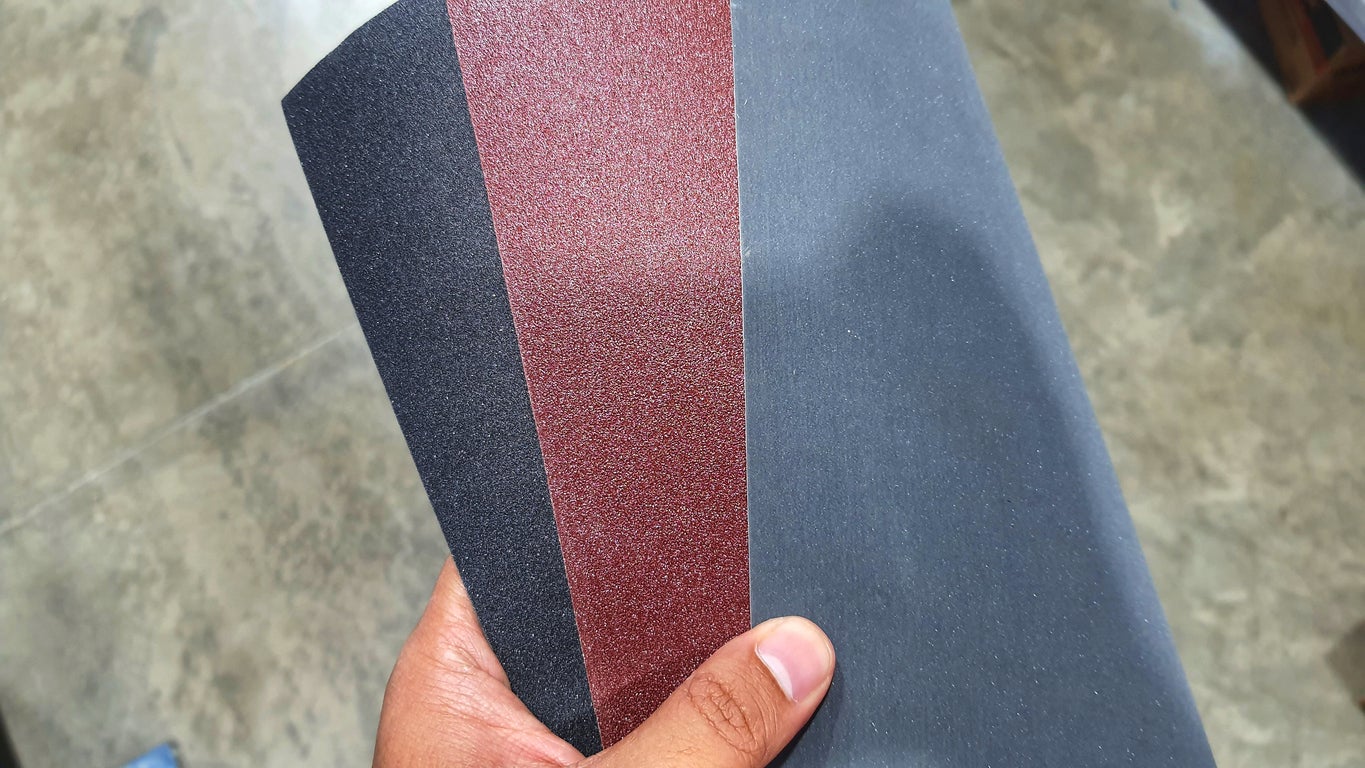
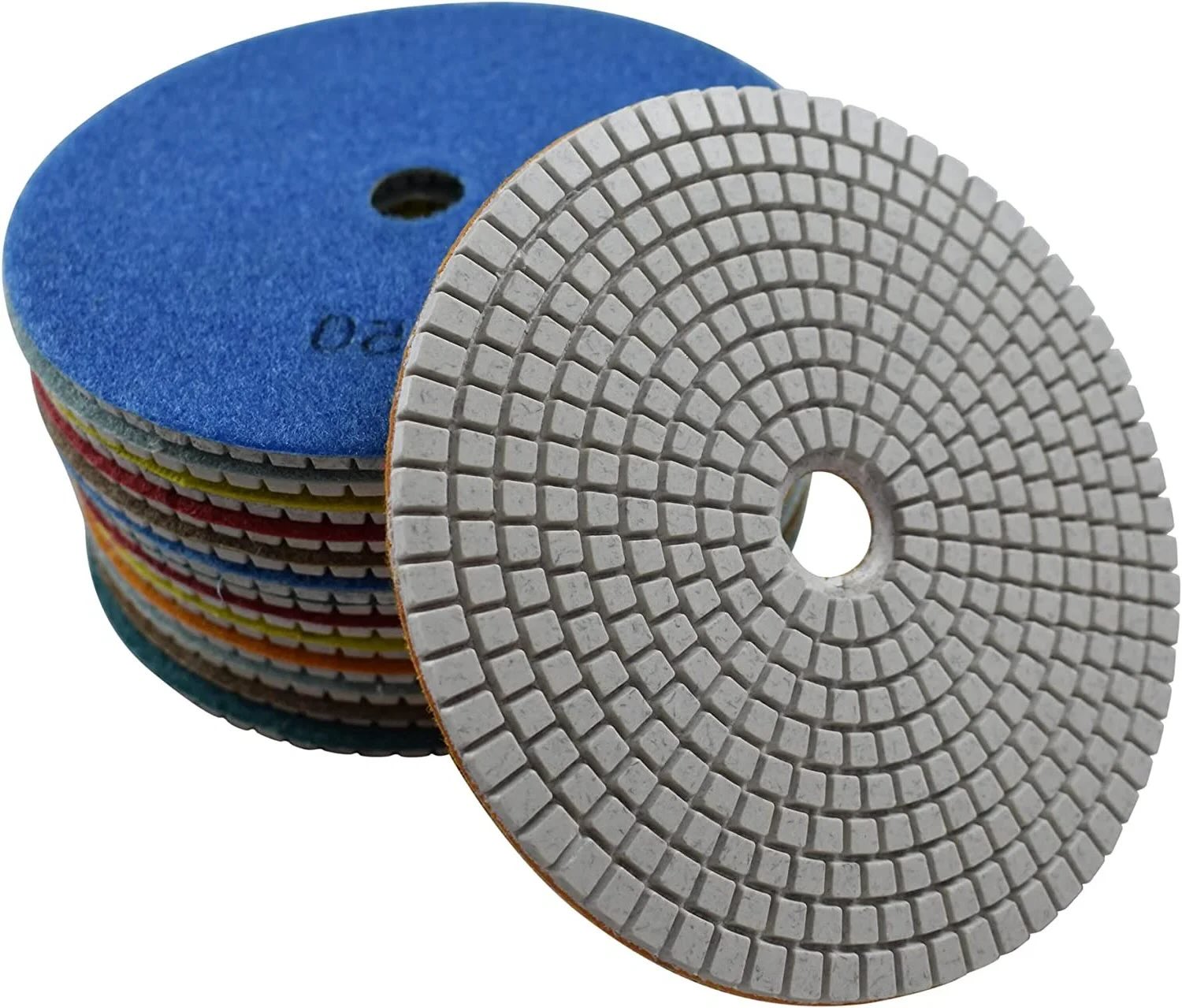





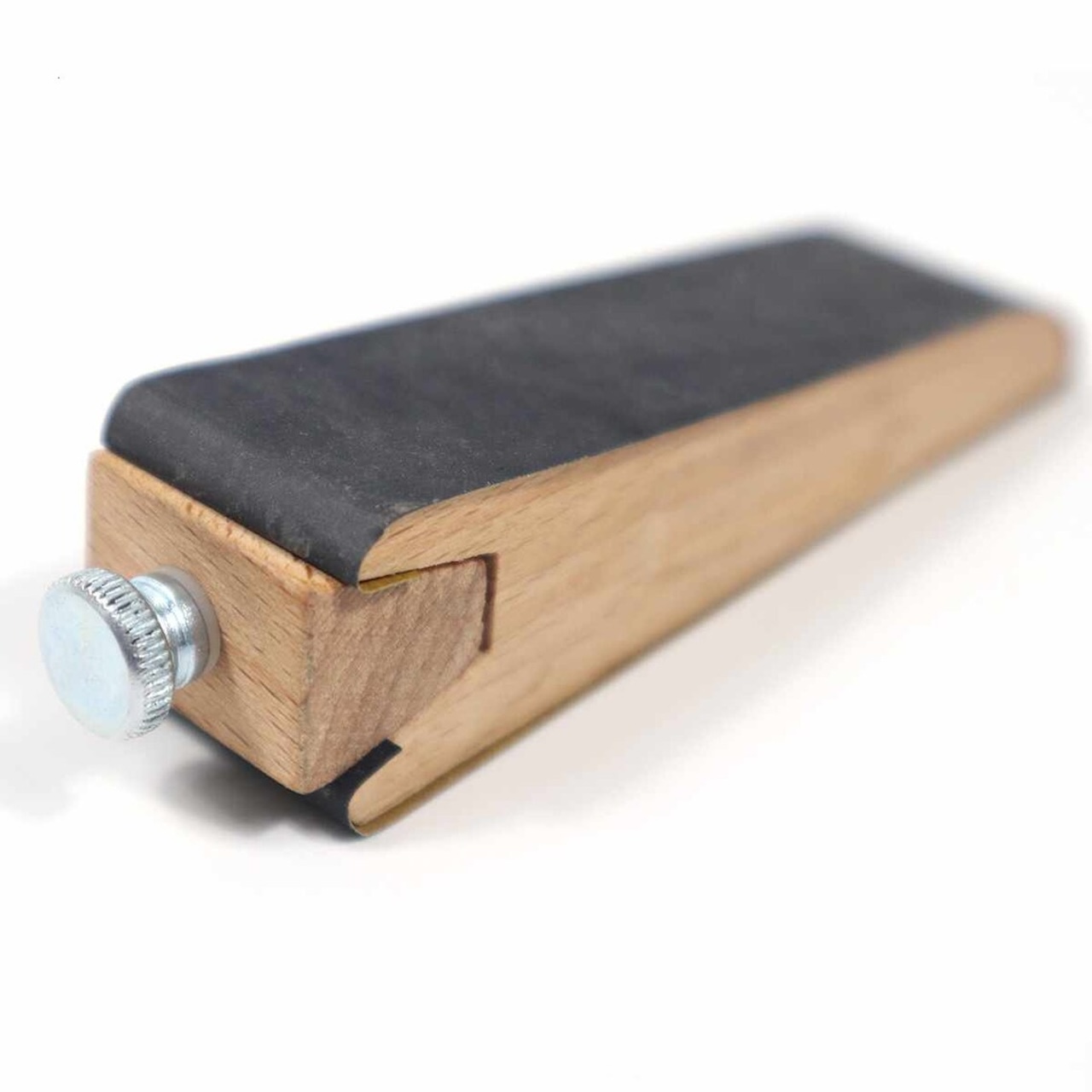
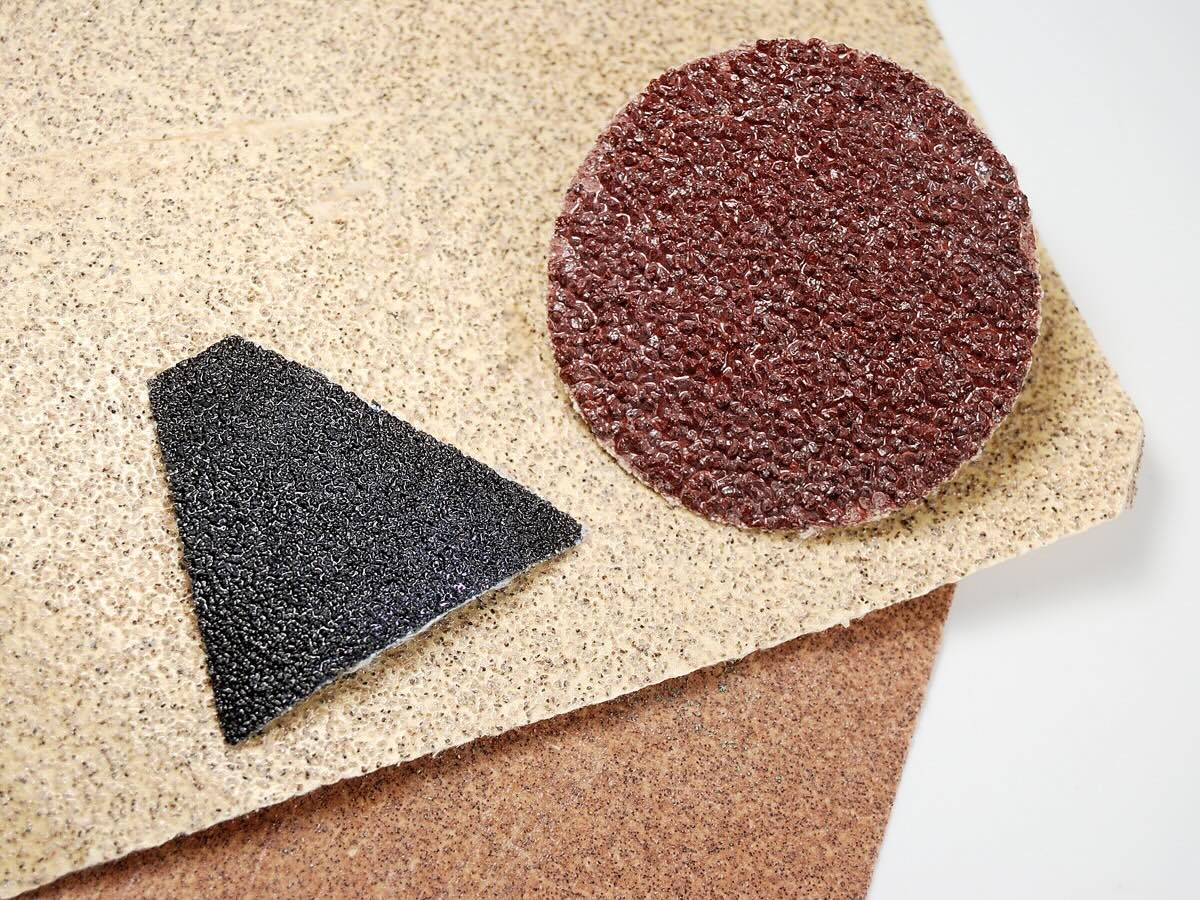
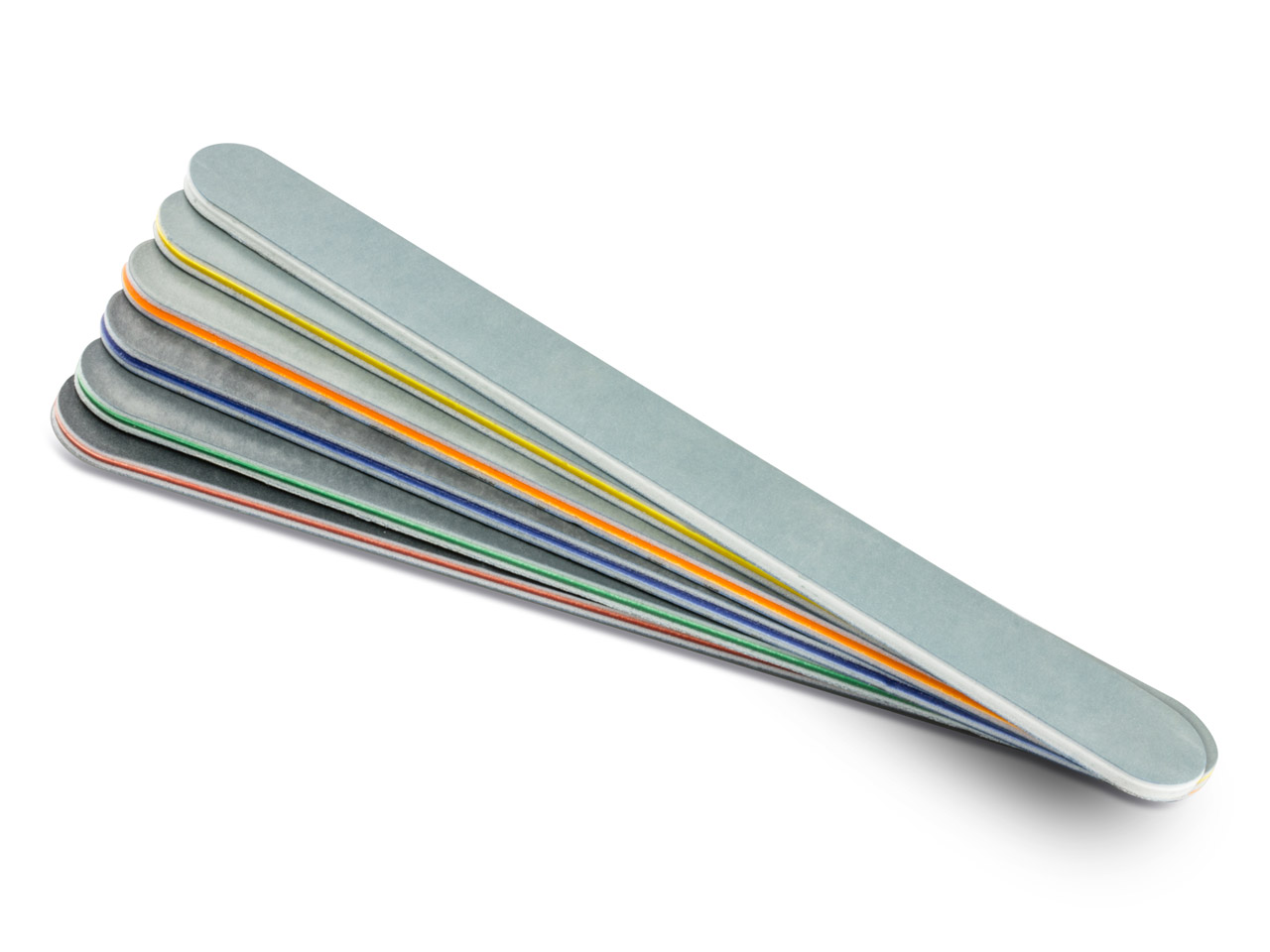
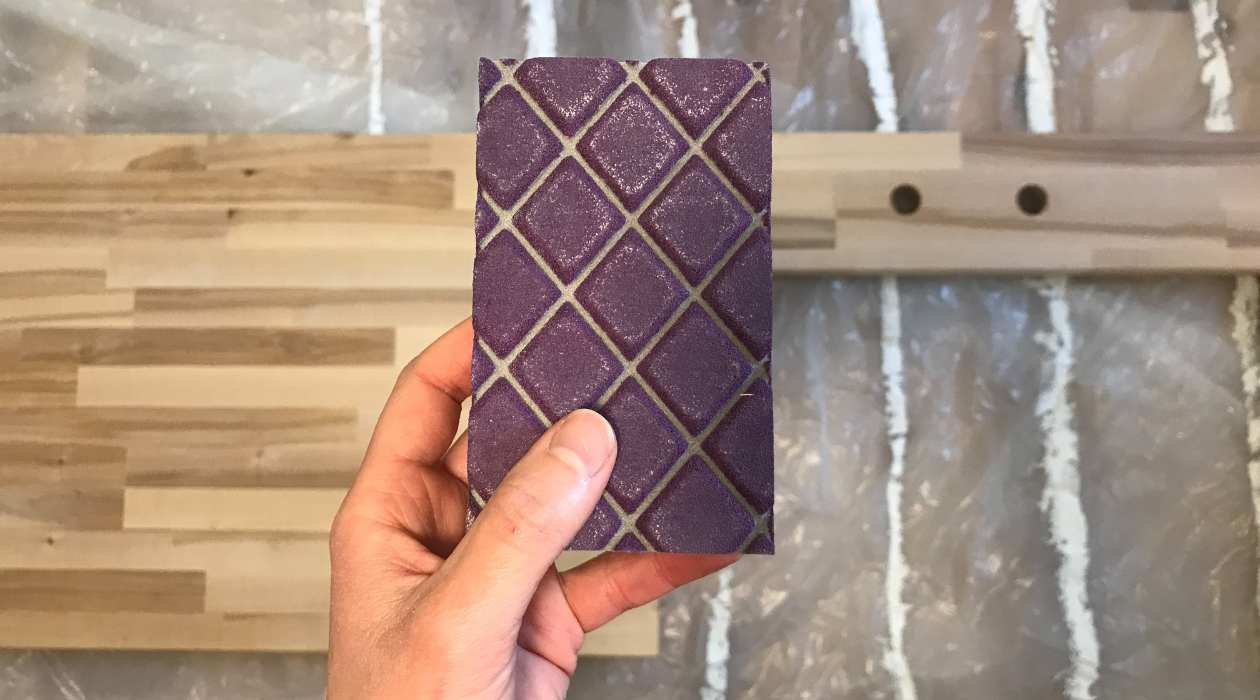

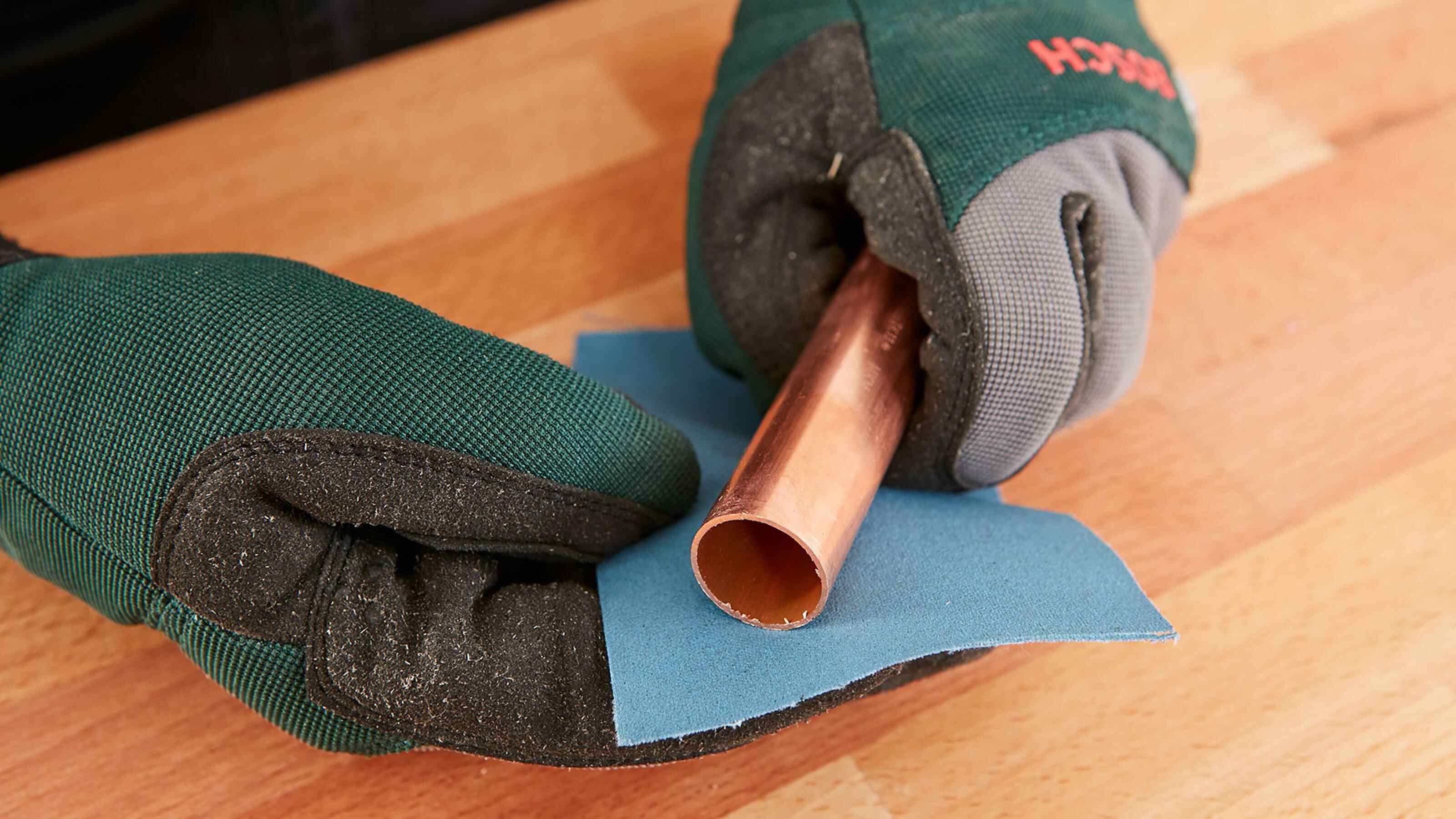

0 thoughts on “How To Store Cooked Grits”